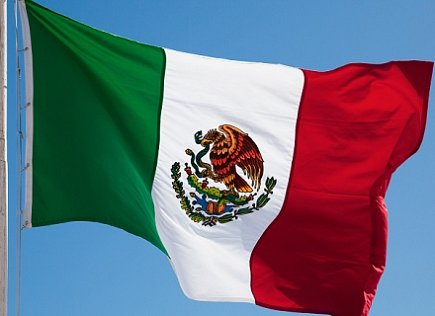
Three separate genetic groups identified in the Mexican population by DNA testing
A study has revealed that the Mexican population is more genetically diverse than originally thought. DNA testing has identified three separate genetic groups where genetic variation is linked to physiological differences such as lung capacity.
An individual’s lung capacity, relative to the average lung capacity of their ethnic group, is commonly used by medical professionals to diagnose pulmonary conditions such as asthma. However, this study shows that ethnicity may be a less effective guide for diagnosis than the individual’s genetic make-up.
Mexicans of Latin American and Spanish ancestry are known to vary greatly in their response to conditions such as asthma. The genetic diversity identified in this study suggests that the genetic predisposition of these three population groups is responsible for their disparate responses.
The study was conducted by the University of California San Francisco, Stanford University and the National Institute of Genomic Medicine in Mexico. It combined two previous studies and comprised 1,000 participants, where each had undergone lung testing and DNA testing.
The results showed that more than 900,000 genetic variants were present in the participants. It’s believed that this diversity has been caused by the formation of isolated population groups in Mexico over millennia.
First author on the study, Christopher Gignoux PhD, said “Not only were we able to measure this diversity across the country, but we identified tremendous genetic diversity, with real disease implications based on where, precisely, your ancestors are from in Mexico.”
40 specialists were recruited for the study which covered all major Mexican regions. The research identified three genetic groups distributed throughout the country, groups which are as genetically different to each other as Chinese populations are from European ones.
DNA tests have shown that the most common genetic variants can be found in up to half the global population, variants which have persisted for over 170,000 years. More recently, within the last 5,000 years, the frequency at which genetic variants emerge has increased, and ‘recent’ variants can be found in up to two percent of the global population.
In light of the study’s findings, it’s clear that reliance on ethnic classifications by medical practitioners may lead to misleading diagnoses. As population groups of the same ethnicity can demonstrate genetic variation to the extent found in the Mexican population, it could be advantageous to diagnose individuals according to their DNA test results instead, especially for pulmonary disorders.
DNA tests to help diagnose conditions already take place in many countries, and this study supports that approach. That said, this study suggests DNA testing can help classify an individual for more accurate physiological comparisons, as opposed to testing for their genetic predisposition (which is the traditional application). Nevertheless, both approaches are valid and will hopefully be combined in the health services of tomorrow.
